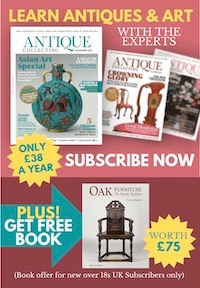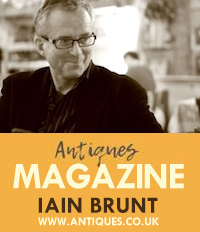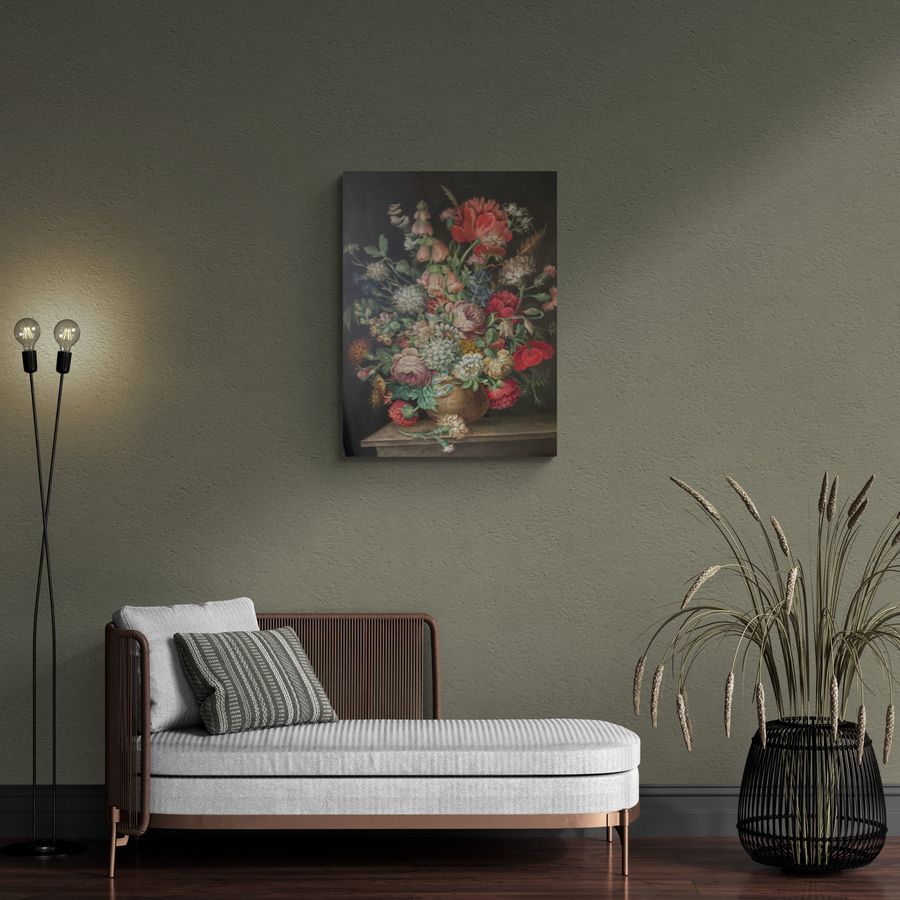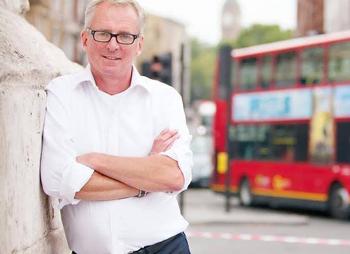Art Geneve 2019
Posted by Iain Brunt on 29/01/2019
In anticipation of Artgenève 2019 art fair, Art Decision’s Irina Vernichenko interviews Iain Brunt, independent art advisor, and the founder of one of the largest European Internet portals www.antiques.co.uk
Iain Brunt created many exhibitions on Impressionism and Old masters in New York, London, Paris and Japan. During the past few years he has represented modern day sculptors throughout London including Park Lane, Trafalgar Square, Mayfair and Canary Wharf. Irina Vernichenko: What is the role of art fairs today, as compared with other art institutions? Iain Brunt: The recent surge of the “Art fair” has attracted many people who would not have normally considered visiting a fair and purchasing original works of art. These fairs have been around since the mid 19th century, but now they appear in all corners of the world and in all forms allowing galleries and institutions to display their works of art to a much larger global audience. I hope that they continue, but even with the knowledge that it allows a visitor to view an abundance of art in one place, it also adds confusion, as there is often too much to see and take in at a fair. A visit to a gallery gives the viewer more time to study the works and meet the experts involved. It is also disappointing that a lot of the galleries cannot exhibit at these fairs either due to the costs of being included or the fair’s vetting committee. I V:How can you compare Art Genève to other art fairs? How will it develop in the future? I B: Art Genève has brought the awareness of art galleries and dealers to an area that was un-represented, unless you travelled to Basel or other countries. It’s a great pleasure to see it here in its 8th year allowing visitors from neighboring cantons to see and meet dealers and experts from other countries. My hope is it will continue, but not exclude some of the new emerging artists whom sometimes get neglected, as they are not in the top 20% of what is considered to be art. I V: Biases can distort reasoning. Confirmation bias leads us to ignore facts that contradict with our notions, anchoring means we weight one piece of information too heavily, loss aversion is when we are too cautious. Can you comment on the biases on the art market? I B: I have been asked this so many times in my 35 years in the art world and it’s so extensive but I will outline a few of the major points. First, bias can distort reasoning as to the reason and who is selling the artwork. Gallery owners and auction house have a financial reason to persuade buyers. Second, the popularity of an artist in the current market can also distort decisions, if a global exhibition is taking place for an artist then prices will rise accordingly. The art market is like any other with fashion and trends; if the buzzword is Hockney then the prices will rise, as more people globally recognize his work. This does not necessarily mean that the artist’s work has improved or is rarer. The death of an artist and increased scarcity of the works as most are being purchased by museums makes fewer available on the public market. When a museum buys a work it normally means that a work is off the market for life, whereas if a private individual or an institution buys a piece, it will often come back onto the market in a relatively short period of time. Economic and world disasters can bias the art market. I was involved in a large show the day before 9/11 and the show closed, as there was no market. The 9/11 disaster also stopped investment but, in a very sad way, it also made certain works more valuable as so many works were destroyed in that disaster. Then, personal taste influences and biases choice, as well as expert opinions, authenticity provenance and the artist’s place in the world art market. World financial crises and currency diversion can all bias the market. I V: What art market tools do you use to make a purchasing decision? When I was younger the head of the Victoria and Albert Museum in London once said to me, that never in the history of the world has there been so much information available to the individual, and it increasing daily. Everyone can have the option and use the market tools, but realistically it’s experience and day-to-day involvement in the art world that is most useful. Fortunately, I worked with one of the world’s leading art dealers in the 20th century for 15 years, so I have a good idea of what the market involves, its pitfalls and its mountains. Advice and independent art advisory is essential, so please visit my website for further information www.artadvisor.ch Artgenève art fair is opened from January 31st to February 3rd at Palexpo, Geneva.






